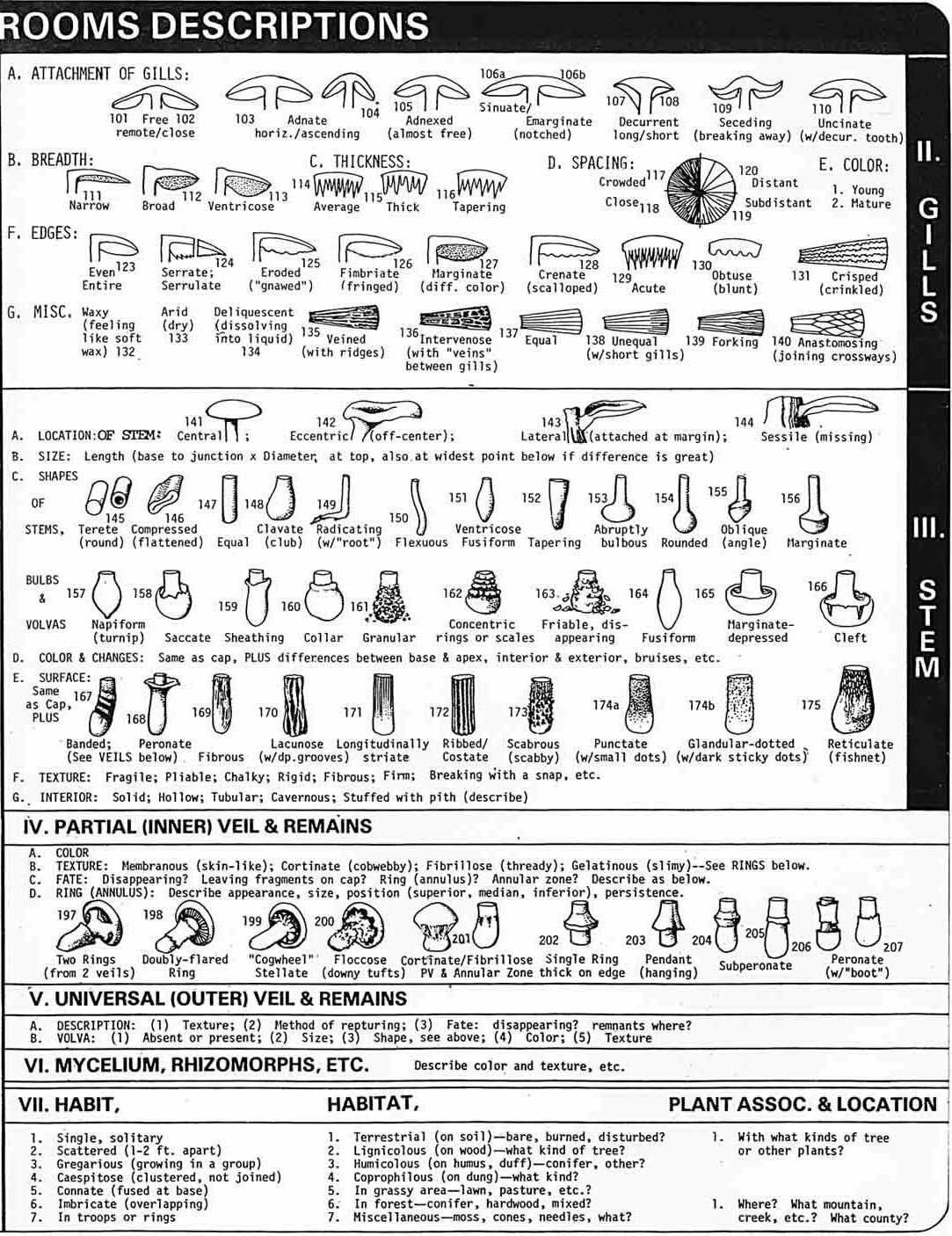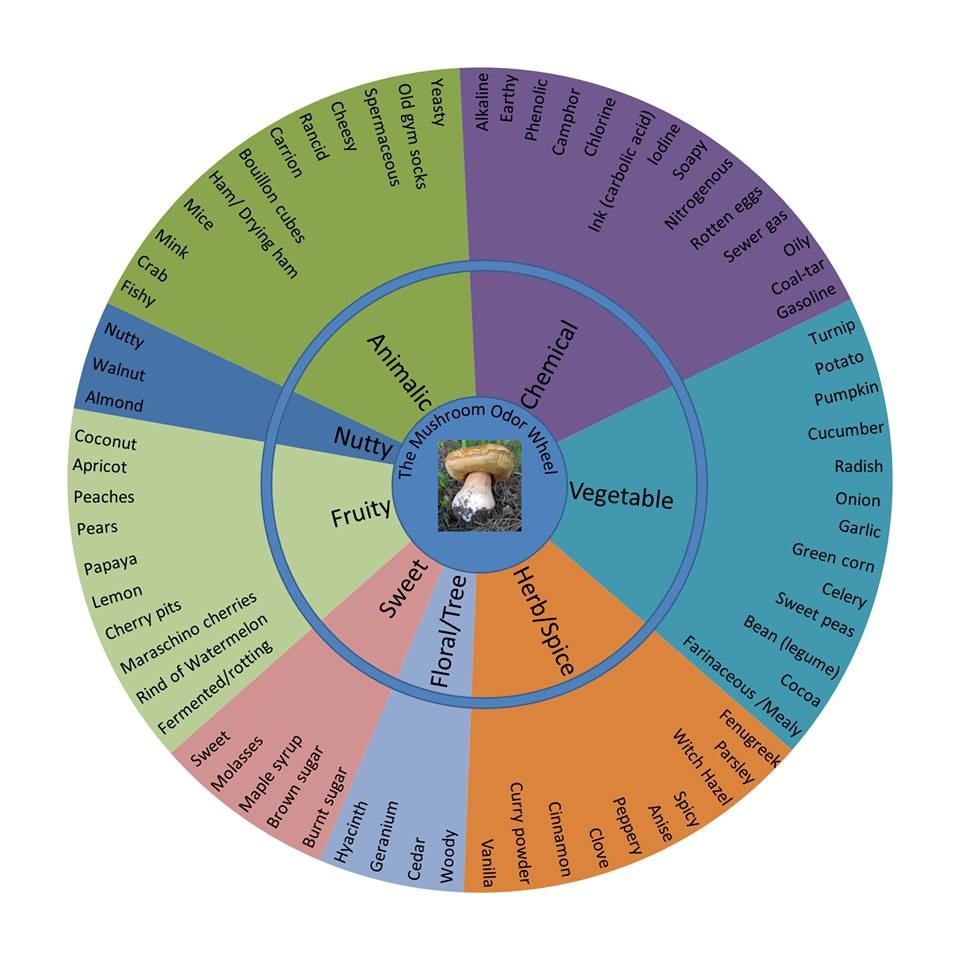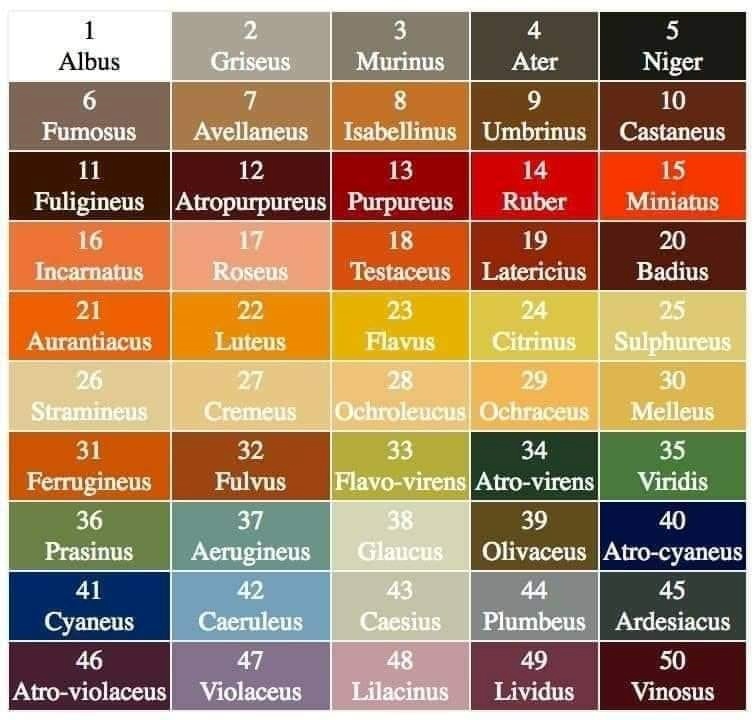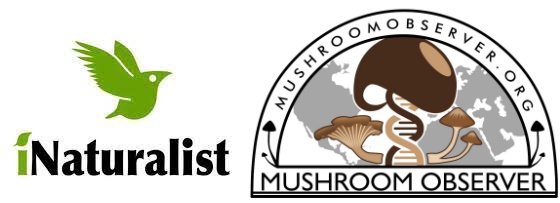Alabama Mushroom Society |
|
|
MUSHROOM IDENTIFICATION FOR BEGINNERS
WHERE TO START Learning to identify macrofungi (mushrooms) can be tricky business so we would like to provide a "quick and dirty" guide to highlight some of the more prominent features used for identification purposes. Once you know what to focus on, you can cut your ID time down significantly. I would like to point you in the direction of many strong resources, chief among those is a good field guide. Let’s start with the absolute basics though! *Note, there are many links here for detailed images or purchase options for specific field guides. We do not receive any compensation for these recommendations. When you find a mushroom, take note of the substrate is it growing on, specifically if it is growing on decaying wood (possibly buried) or soil. Don’t pluck or cut just yet! Your next job is to carefully move the substrate from around the base of the stipe (the stem) and look for a volva/cup/universal veil, and if there is a bed of mycelium (the [usually] white fuzz that is the actual body of the fungus). Take pictures for your records and to help you get an ID. Now pull OR cut the mushroom (unless you’re dealing with something like Sparassis with a ‘root’ you won’t hurt the fungus by pulling it, but you are more likely to get dirt in your basket...Think of pulling a fruit from a tree). Does your mushroom have gills, pores, teeth, gaping holes, or a smooth underside? IS there even an “underside”? Smell the mushroom, take note of “almondy”, “sweet-spicy”, “Maple-fenugreek”, or “phenolic”. Now look for bruising, these reactions can be lightning fast, or quite slow. You should run a blunt object over the gills/tubes, the top of the cap, and the stipe. After this, repeat the procedure (in a slightly different area) with a blade giving those same regions a cut, do you see any latex/milk oozing out, what about additional bruising? Is there an annulus/ring, what about a cobweb-like formation (called a cortina)? Warts/scales, striations, or a layer of sticky (viscid) slime on the cap? Are there concentric rings on the cap? Last but not least in this abridged feature identification is the spore-print. Cut the cap off and place it on a piece of black and white paper (aluminum foil is actually best) and cover it with a cup or tupperware. The humidity build-up will stimulate the release of the spores. The color of these spores is often critical for positive species identification. We’ve only covered SOME of the important identifying features! So what do you do with all of this information?! Consult a good key. Keys are easy to go through and will ask questions with a yes/no answer and follow until you reach a genus or even species. I would suggest consulting several keys to make sure you can find a consensus. Field guides almost always have a key and for North America we have a list of preferred books that can be found here. Furthermore, the online resources available are also excellent. Last, but not least, share your images and potential identifications on our Facebook Page and on iNaturalist for even more help, and of course to brag! | NOW WHAT?
Now that you have a decent record of the charcteristics of the particular mushroom, use those keys to track down an ID! |
MISCELLANEOUS RESOURCES
|
|
|
Odors.jpg Download | Latin Colors.jpg Download | Spore Color Indications.jpg |
MORE ADVANCED TECHNIQUES
Chemical Identification
There are three chemicals commonly used to aid in the identification of mushrooms. Potassium hydroxide (KOH), Ferrous sulfate (FeSO4), and ammonia. Any decent field guide will include known color changes that a fungi exhibits when one of these chemicals is applied. Each of these chemicals is available online or we will soon be selling field-kits which include a 5mL dropper of each. Kits will soon be available at most events. | Microscopy
If you are ready to take the next step and invest in a microscope, many fungi require evaluation of microscopic traits to identify to species. Beginning with learning to evaluate spore shape and size is an accessible starting point. For a thorough explanation check out this page. |
|
We also strongly suggest using the ample resources available online such as uploading images of your finds to iNaturalist or Mushroom Observer. There is also a strong presence on Facebook. .We're also starting a project with FunDiS where we will be collecting, ID and vouchering specimens to contribute to the state herbarium at Auburn University. More info here. |








